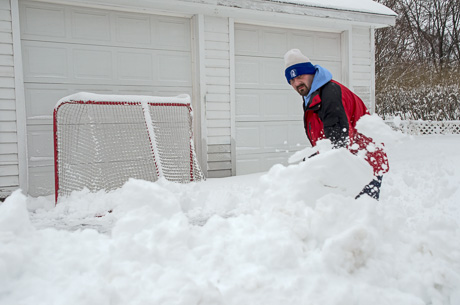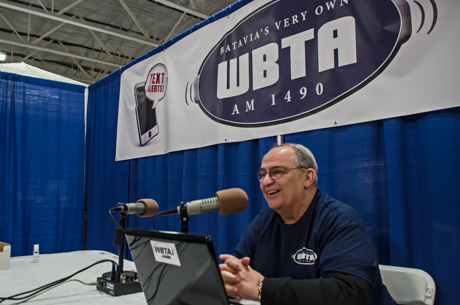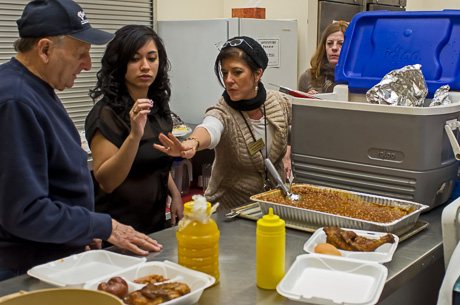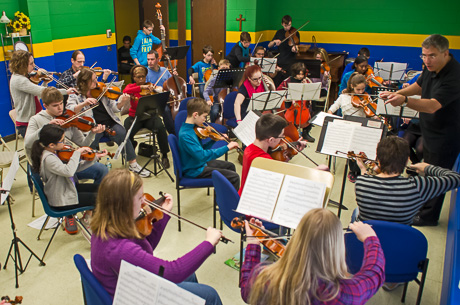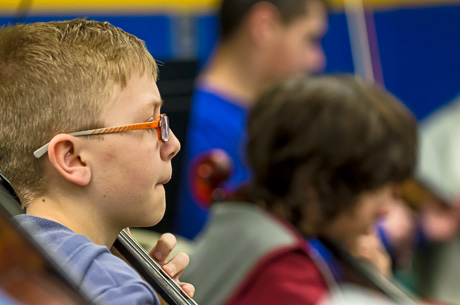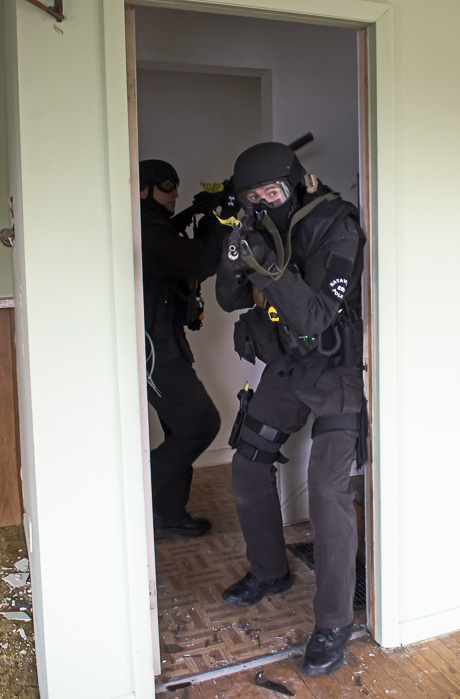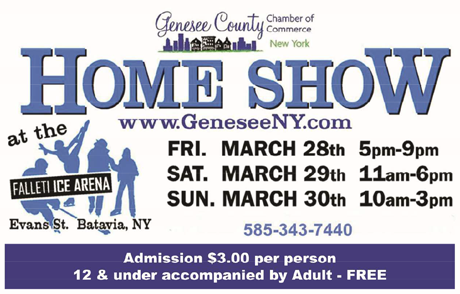GCEDC board to consider two projects at Thursday meeting
Press release:
The Board of Directors of the Genesee County Economic Development Center (GCEDC) will consider two projects at its April 3 board meeting.
Mega Properties, Inc., plans to make a 20,000-square-foot expansion to its current facility in Gateway I Corporate Park in Batavia. The projected capital investment is approximately $775,000 and would create 5.5 new full-time equivalent jobs in three years after a certificate of occupancy is issued.
Premiere Credit plans to expand its growing call center in the City of Batavia through an investment of approximately $400,000. The company pledges 25 additional jobs with this project, which will bring total employment commitment at the facility up to 150 full-time equivalent employees. At the end of 2013, Premiere reported employing 134 employees at the company’s Batavia location.
The GCEDC Board meeting will take place at 4 p.m. and is open to the public. Meetings are held at the Dr. Bruce A. Holm Upstate Med & Tech Park, located at 99 MedTech Drive, Batavia, on the 2nd floor, across from Genesee Community College.
UPDATE: Here are project summaries released by GCEDC
Mega Properties, Inc. (Koolatron) - Town of Batavia (final resolution will be considered)
Mega Properties, Inc., (Koolatron) is a Canadian company with headquarters in Brantford, Ontario, international location in the United Kingdom, and U.S. locations in Florida and New York. They began with their flagship product line of 12-volt portable thermoelectric coolers and today they have expanded to manufacture, market and distribute a wide range of items via dealer-distributor network and the Internet. In 2000, they built a 25,000-square-foot facility in the Gateway I Corporate Park. The company is proposing a 20,000-square-foot expansion at their current facility. The total investment is estimated at $775,000 and the project is expected to create 5.5 new full-time equivalent jobs in three years after their certificate of occupancy is issued. The GCEDC Board approved an initial resolution to set a public hearing at the June 6, 2013 meeting. A public hearing was held on June 26, 2013, as the benefits exceeded $100,000, and there were no comments.
Premiere Credit - City of Batavia (final resolution will be considered)
Premiere Credit is expanding their call center in the city of Batavia. The company is investing $400,000 in equipment to support their growing call center. Premiere Credit is pledging 25 additional jobs and with this project that will bring total employment at the facility up to 150 full-time equivalent employees. In 2012, capital expenditure was $350,000 with 100 pledged jobs. In 2013, capital expenditure was $325,000 with 50 more jobs pledged. For 2013, the company reported that 134 positions had been created at their Batavia location.





